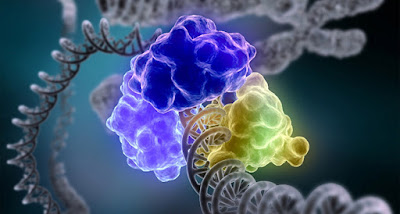Deny to be aged

Networks between the nucleolus and age-related pathways The nucleolus is supposed as a basic housekeeper: It's responsible for generating ribosomal RNA, which is significant for the synthesis of proteins that are crucial to the vitality of the cell," Studies of aging and the nucleolus have been performed in yeast, worms, fruit flies, mice, as well as early data in humans experiencing dietary restriction and exercise. Worms are particularly useful for aging research because they only survive for about a month, so it's possible to squeeze their genomes and see what extends or shortens their longivity. Scientists and researchers have seen that common pathways related to aging eventually affect nucleolar size -- organisms with enlarged nucleoli have smaller lifespans and those with shrunken nucleoli have longer lifespans. Many of these longevity pathways unite on a nucleolar variable gene called NCL-1. Dietary restriction, slowdown insulin signaling, and other ...





